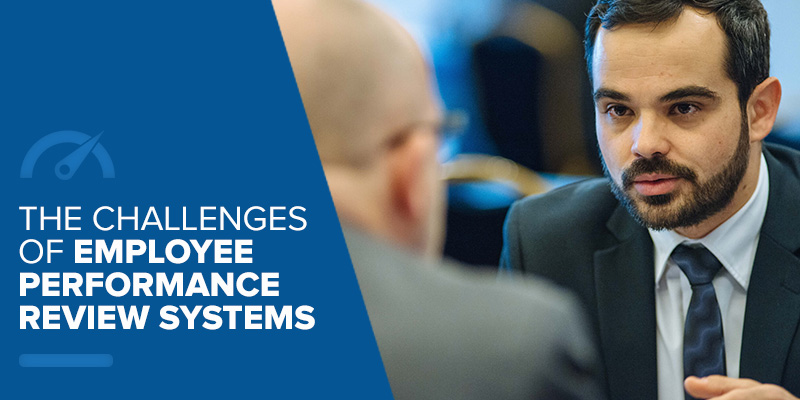In any business it’s natural to keep an eye on your employee’s performance.
Done properly, performance reviews can help managers accurately appraise employee performance, reward good work, rectify poor performance and provide valuable feedback. Implemented poorly however, performance review systems can be misused, inaccurate, cause low morale and leave companies open to accusations of unfair dismissal.
Owners and managers of small business tend to believe they can oversee reviews accurately themselves, a common error, as proven by Nobel prize winner Prof. Daniel Kahneman. Larger companies normally use systematic performance reviews, which are prone to their own biases and errors.
Yahoo and Stack Ranking
As an upcoming lawsuit challenges Yahoo’s performance review system, how can companies ensure they have a fair policy in place?
Troubled tech giant Yahoo has been in the news recently over allegations that its performance review system is biased and used to allow them to illegally bulk-fire employees.
Under Yahoo’s system, a version of forced or stack ranking, all employees are ranked by their managers on a scale of 1 to 5 with a target percentage of employees for each ranking. A low performance score can be used as a reason to fire employees.
The upcoming lawsuit from an ex-Yahoo manager claims that the system was used as a covert way to mass fire employees without giving them the notice period legally required.
It also contends that managers were forced to give poor rankings to a percentage of employees, senior executives arbitrarily changed rankings, employees weren’t told their ratings and they had no way to appeal.
Updating Performance Reviews
Yahoo’s current legal challenge highlights some of the inherent problems of performance review systems.
With a focus on subjective assessment and little clarity over the process and criteria, review systems can give a poor indication of employee’s actual performance and be open to abuse.
While there’s nothing fundamentally wrong with review systems, indeed they serve a valuable role for many corporations, many do need to be improved.
Using Employee Metrics
The key to updating performance reviews is to base them (as much as possible) on evidence and objective metrics to avoid the dangers of subjective bias or ulterior motives.
Rather than merely using managerial opinions, assessments should be made based on objective data regarding individual employee’s productivity and attendance.
One solution is to use employee monitoring software that will objectively monitor and track employee productivity and attendance based upon their activity on devices used within the workplace. Managers can control which websites and applications are deemed productive or unproductive, allowing the software to automatically calculate and produce an accurate report.
Using these metrics as the basis for performance reviews gives managers a more accurate view of actual individual productivity and help employees understand their rating, and accept its fairness.
Crucially, for cases like Yahoo’s, it also provides valuable evidence to protect against any allegations of bias or corruption in the process.
Have your say
What employee performance review systems does your workplace have in effect? Let us know in the comments section below!






